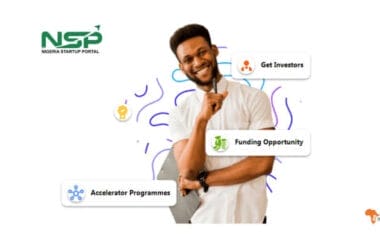These days, Kids and teens spend much time online and because online communication is generally faceless, they are often confident to reveal details about their state of mind, leaving indicator that are revealing or “bread crumbs” of their well being. As a digital culture, we haven’t yet begun to mine the emotional and psychological data that kids offer up to peers online.
In this setting, other users (bystanders, professionals, and peers) are in a position to reach out to at-risk youth—those showing an interest in self-destructive behaviors such as suicide, self-mutilation, eating disorders, and drug use. Online “friends” (bystanders) will know when something is wrong often before the adults in their lives know.
When bystanders are armed with the skills they need to respond, they can intervene or prevent an incident. As an adult community, we need to empower the bystanders, first by letting them know just how much influence they have. In 85% of schoolyard bulling incidents, bystanders play a role by either reinforcing the bully’s actions or by not taking any action at all. When a peer intervenes on behalf of a victim, bullying stops 57% of the time in less than 10 seconds. One kid who is willing to report harassment (even when it isn’t directed at himself) can have a big impact on the behavior of the whole group.
Bystanders are in a position to improve the general web environment and behavior of all users by self-enforcing acceptable behavior for citizenship. All web users benefit when bad behavior is reported. Experiencing real consequences for online teens behavior helps internalize that online communications are public, and though they sometimes feel anonymous, all digital interactions can be traced by service providers and law enforcement back to the user.
Three things parents can do today:
- KEEP CURRENT with the technology and web services your child uses. “Friend” them on Facebook, and pay attention to who their friends are. Know how to use the reporting and privacy functions and set an example of flagging inappropriate content or behavior when you see it.
- KEEP COMMUNICATING. Have a conversation today about when to call emergency numbers; explain that you don’t have to know an address or even a full name to engage professional help during a crisis. Show them how to use the reporting mechanisms (flagging/tagging) provided on the sites they use and encourage them to use them when they see any bad behavior. Explain that everyone benefits when all users join in self-policing their community.
- KEEP CHECKING your child’s internet and cell phone activity. Watch for “bread crumbs” of risk, such as drug/alcohol use, self-harm (cutting, mutilation), eating disorders, or violence and be ready to engage the public health community on their behalf.
Credit: ikeepsafe.org






